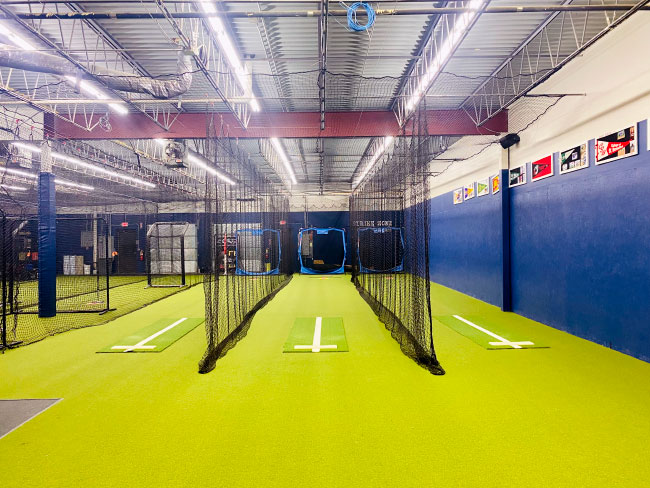All boundaries are marked by a rope or similar object as per the ICC rules. The rope has a required minimum distance of 2.74m inside the perimeter fencing or advertising signs. For grounds with a large playing area, the maximum length of boundary should be used before applying the minimum 3 yards (2.74m) between the boundary and the fence.
When marking a cricket playing field, buffer distances between cricket ground boundaries in relation to other park infrastructure including car parks, roadways, neighbouring properties and playgrounds need to be considered. Buffer distances of between 20m to 40m from boundaries are preferable to reduce risk of damage to park users and property.



